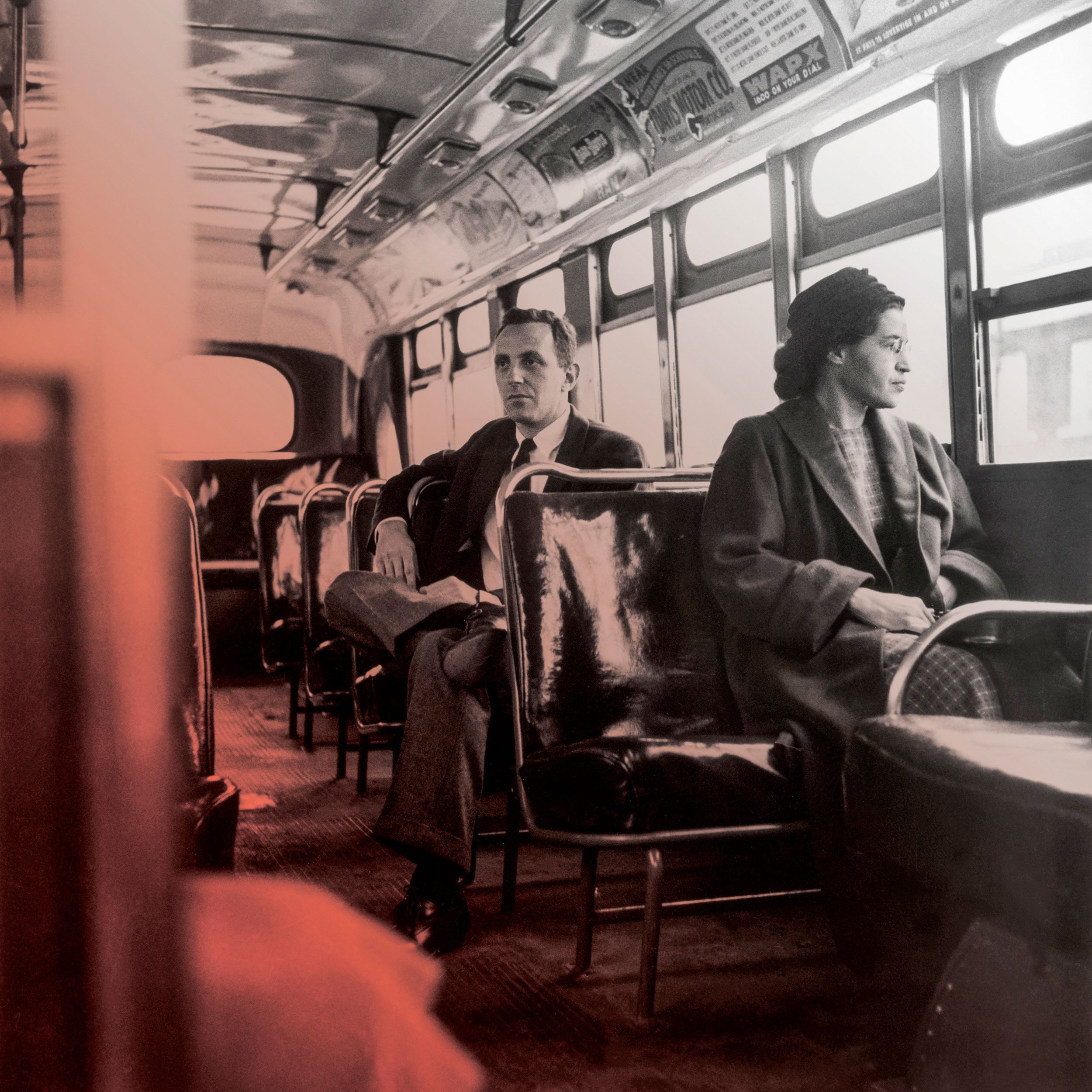
Rosa Parks was not the first woman to defy racist bus laws
In 1955, a young woman in Montgomery, Alabama, caused a stir when she refused to give her bus seat to a White passenger. She was the first person arrested for protesting Montgomery’s racist busing rule, and her defiance eventually became the subject of international attention. That woman was named Claudette Colvin. Actually, she was just a girl—15 years old.
Of course, it is Rosa Parks who went down in history for defying the Jim Crow laws in the same way later that year. (For the record, it’s a popular misconception that both women were arrested for sitting in “Whites only” sections.) Colvin knew Parks from an NAACP youth group, and she also knew that Parks was the better person to be a figurehead in their city’s growing protest movement. Parks had done prior work with the NAACP, and “the organization didn’t want a teenager in the role,” Colvin explains.
After decades of obscurity, Colvin eventually received the praise she deserved for her unsung heroism in Montgomery. Although she may not hold as prominent a place as Parks in textbooks, she has no regrets over her protest. “I feel very, very proud of what I did,” she says. Here are some other Black Americans you didn’t learn about in history class.
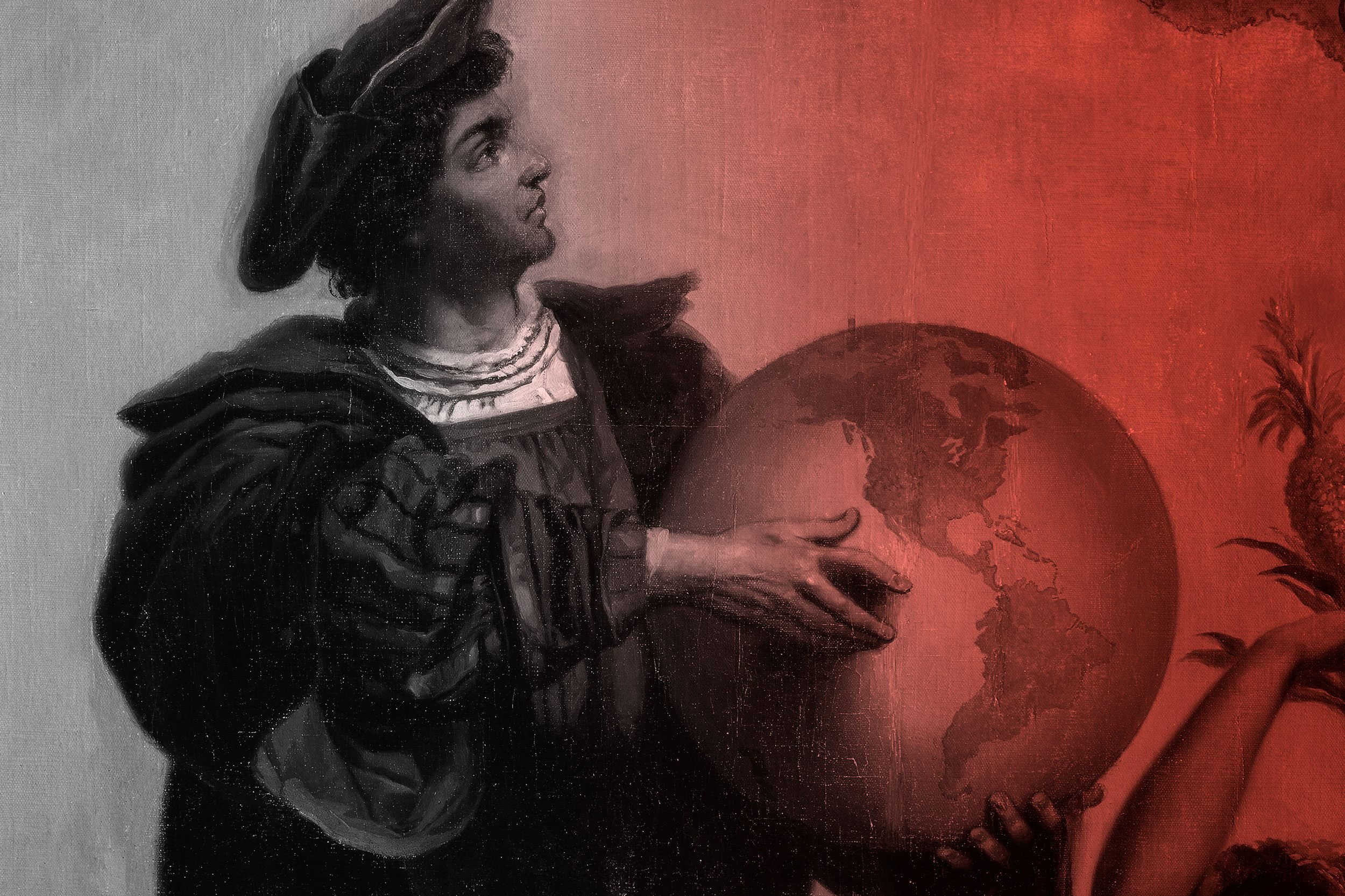
Christopher Columbus thought the earth was shaped like a pear
Yes, Columbus believed the world was round—as did sailors and mathematicians going back to ancient Greece. However, he did not think the earth was a perfect sphere, and that was likely because of a very famous poem.
According to the logbook for his third voyage to the Americas, Columbus suspected the world was in “the form of a pear,” and that its highest peak had the Biblical Garden of Eden on its summit. This is precisely how the earth was described by Dante Alighieri in his epic poem The Divine Comedy, the most influential work of Italian literature in history. Dante placed the Garden of Eden atop an impossibly high mountain surrounded by an ocean, which Columbus incorrectly determined to be in present-day Venezuela. Your teacher lied to you about these 18 history lessons.

A girl’s faked testimony helped push the United States into the Gulf War
In 1990, a representative for the Kuwaiti-sponsored Citizens for a Free Kuwait hired New York public relations firm Hill + Knowlton to help persuade the American government to join in a war against Iraq. After a few months and $12 million in research money, the group found a 15-year-old Kuwaiti girl named Nayirah to deliver horrifying testimony to the Congressional Human Rights Caucus about hospitals being looted and premature babies being left to die. Amnesty International corroborated Nayirah’s testimony, which quickly became a talking point for U.S. senators and President George H. W. Bush during the buildup to the Gulf War.
In 1992, after the Americans had crushed the Iraqis in a mere 42 days of combat, an op-ed in the New York Times revealed that Nayirah was actually the daughter of the Kuwaiti ambassador to the United States. Her entire testimony was dismissed as false, and Hill + Knowlton’s role in the PR move was made public. Here are some historical facts you’ll wish weren’t really true.
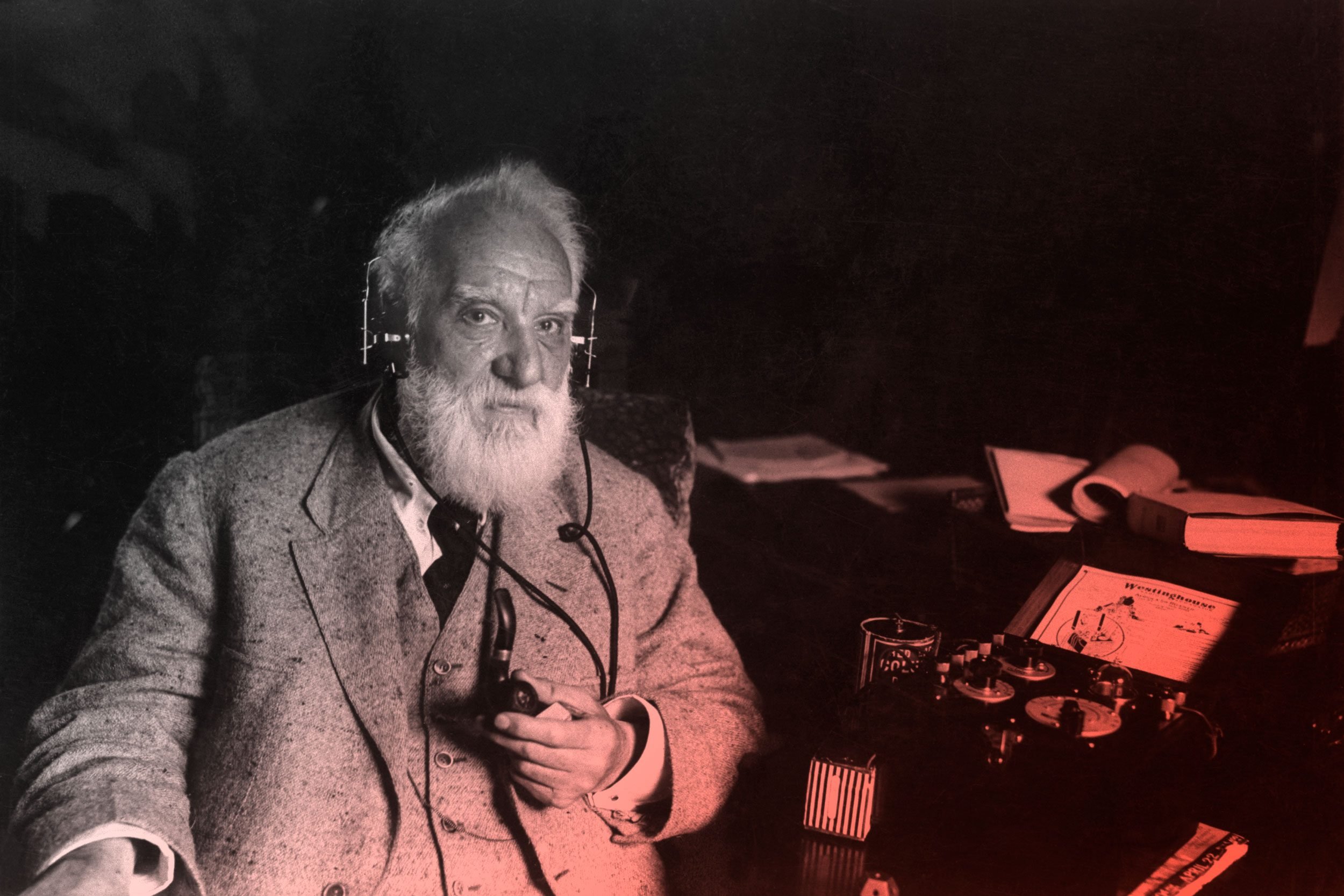
Alexander Graham Bell did not invent the telephone
In 1860, a Florentine immigrant in New York named Antonio Meucci demonstrated a remarkable invention he called a teletrofono. Sadly, Meucci could not find a sponsor for his product, and after several mishaps, he could not afford the fee for even a temporary patent. Enter Alexander Graham Bell, who just so happened to share a laboratory with Meucci. Bell didn’t get a patent for “his” telephone until 1876, 16 years after Meucci had unveiled his prototype. Bell soon struck a deal with Western Union to sell his device. Meucci sued Bell for fraud, and the case was nearing the Supreme Court when Meucci died, in 1889. It took until 2002 for the Italian inventor to be vindicated. That was when the U.S. House of Representatives passed a resolution declaring that “his work in the invention of the telephone should be acknowledged.” These history facts sound fake, but they aren’t.

Charles Lindbergh was not the first to fly across the Atlantic
Lindbergh became an international hero when he flew nonstop from Long Island to Paris in 1927. It was the first time anyone had attempted such a feat—if you overlook John Alcock and Arthur Whitten Brown, two British pilots who flew from Newfoundland to Ireland in 1919.
So while Lindbergh deserves credit for completing the world’s first solo trip, Alcock and Brown were the first to fly across the ocean—along the way surviving what sounds like an action movie: rain, a snowstorm, fog, and ice. At one point, they nearly spiraled into the sea. “We had a terrible journey,” Alcock said. After more than 16 hours battling the elements, the pilots landed in a bog in Ireland. A few days later, King George V knighted them. These famous moments in history never actually happened.
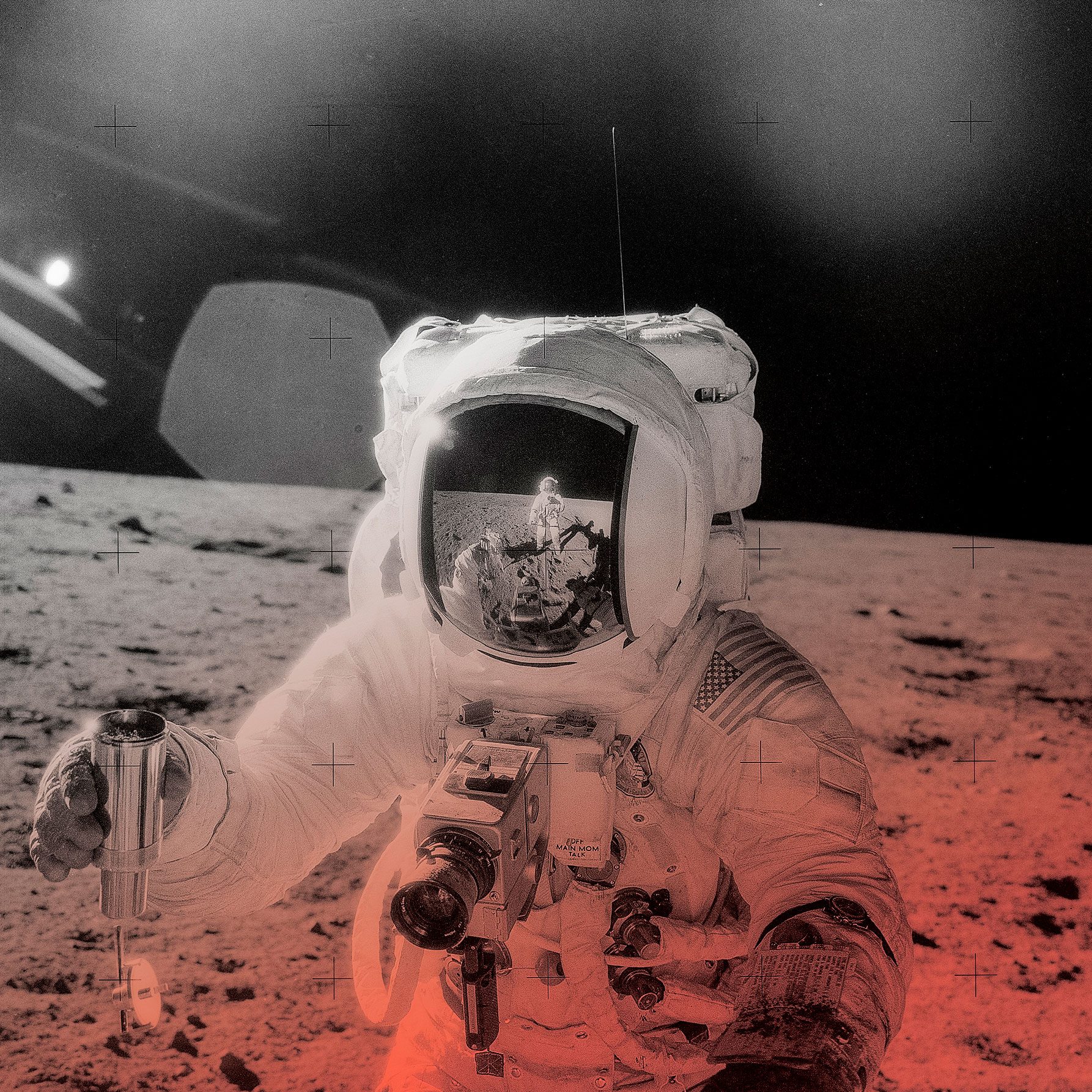
Landing a man on the moon wasn’t all that popular
The moon landing may be fondly remembered as one of the greatest achievements in human history, particularly by those who witnessed it on live television. However, opinion polls taken in the 1960s and ’70s found that everyday Americans were far from universally enamored of the space race. Shortly after the Apollo 11 mission was completed, in July 1969, only 53 percent of Americans believed that the moon landing was worth the tax dollars invested. (According to Forbes, the Apollo program cost about $25 billion, or about $150 billion adjusted for inflation.) Ten years later, another poll found that only 41 percent of Americans felt the benefits of the space program ultimately outweighed its costs. Check out these fun and interesting facts about practically everything.
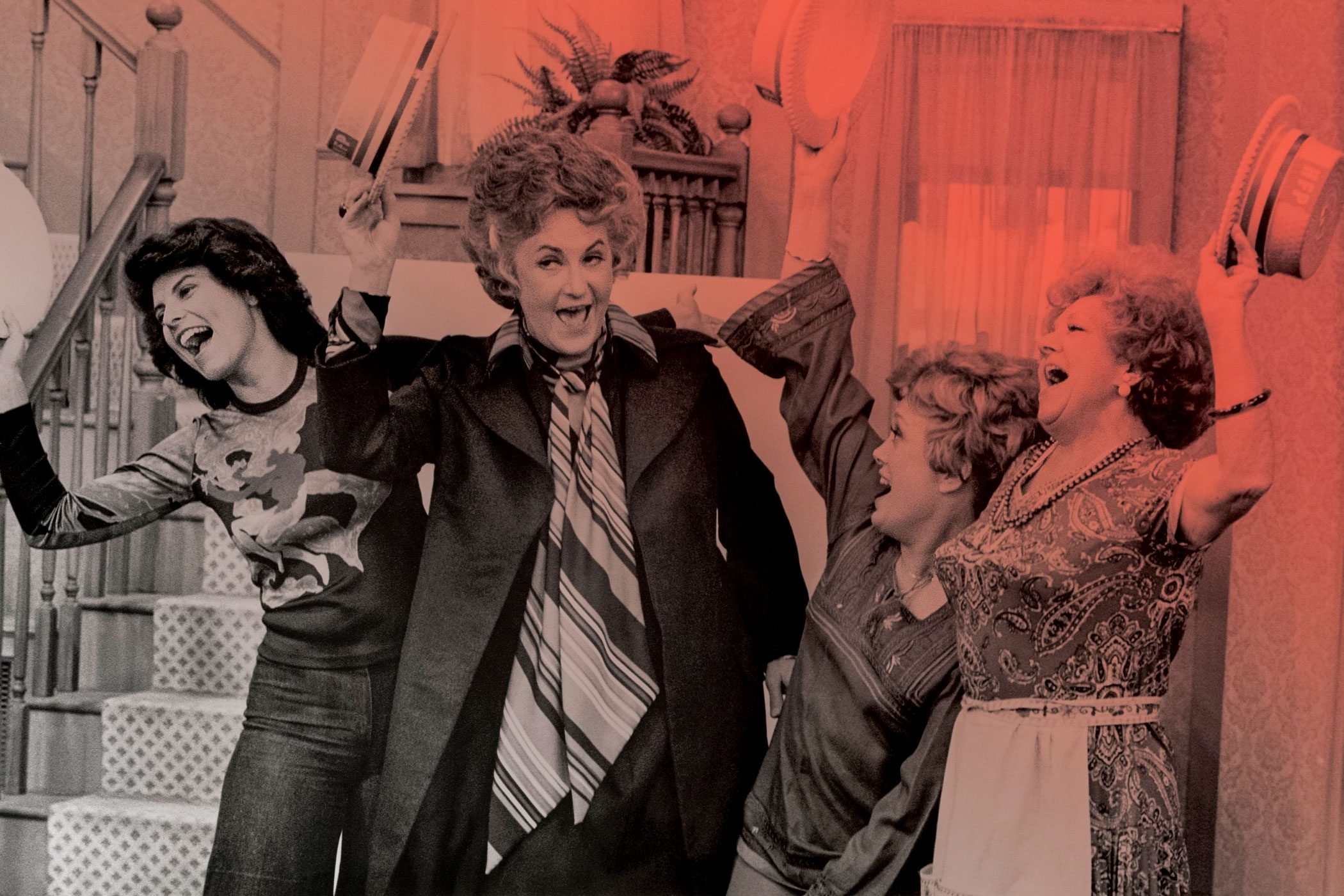
Many future celebrities fought in World War II
Bea Arthur (above, second from the left) joined the U.S. Marine Corps Women’s Reserve in 1943, before heading to Broadway and Maude. Future New York Yankee Yogi Berra saw action at Omaha and Utah Beaches on D-Day. Comedian Mel Brooks fought in the Battle of the Bulge. Jimmy Stewart was promoted from private to colonel and eventually became a brigadier general in the U.S. Air Force. Clark Gable flew five combat missions in a B-17. Suave actor David Niven was already well-known when he took a break from acting to become a commando in the British Army. Peter Sellers was in the Royal Air Force before graduating to The Pink Panther. Audrey Hepburn was a teenage volunteer in the Dutch Resistance. Lee Marvin served as a Marine and was wounded at the Battle of Saipan. Tony Curtis witnessed Japan’s surrender on September 2, 1945. And Julia Child had a top-secret post in the Office of Strategic Services. She even assisted researchers in trying to develop a shark repellent that would keep sailors from becoming an underwater meal. Most Americans don’t know these 50 facts about America.

The Fourth of July should be on July 2—or August 2
On July 3, 1776, John Adams sent his wife exciting news: The Second Continental Congress had approved a resolution for American independence. It was such a historic moment that Adams wrote, “The second day of July, 1776 … will be celebrated by succeeding generations as the great anniversary festival,” complete with “pomp and parade, with shows, games, sports, guns, bells, bonfires, and illuminations, from one end of this continent to the other.”
The adoption of what we call the Lee Resolution on July 2, 1776, marked the moment the 13 colonies were effectively independent from Great Britain. After a short wait while the Declaration of Independence was written on parchment by Timothy Matlack, a Pennsylvania clerk renowned for his good handwriting, John Hancock and his colleagues signed it on August 2, 1776—a full month after John Adams inaccurately predicted July 2 would be as celebrated as the Fourth of July is today.
So what’s July 4 got to recommend it? It was actually the day that the Continental Congress finally agreed on and approved the famous language in the declaration. In other words, the Fourth of July is really a celebration of unity. These facts you’ve always believed are actually false.
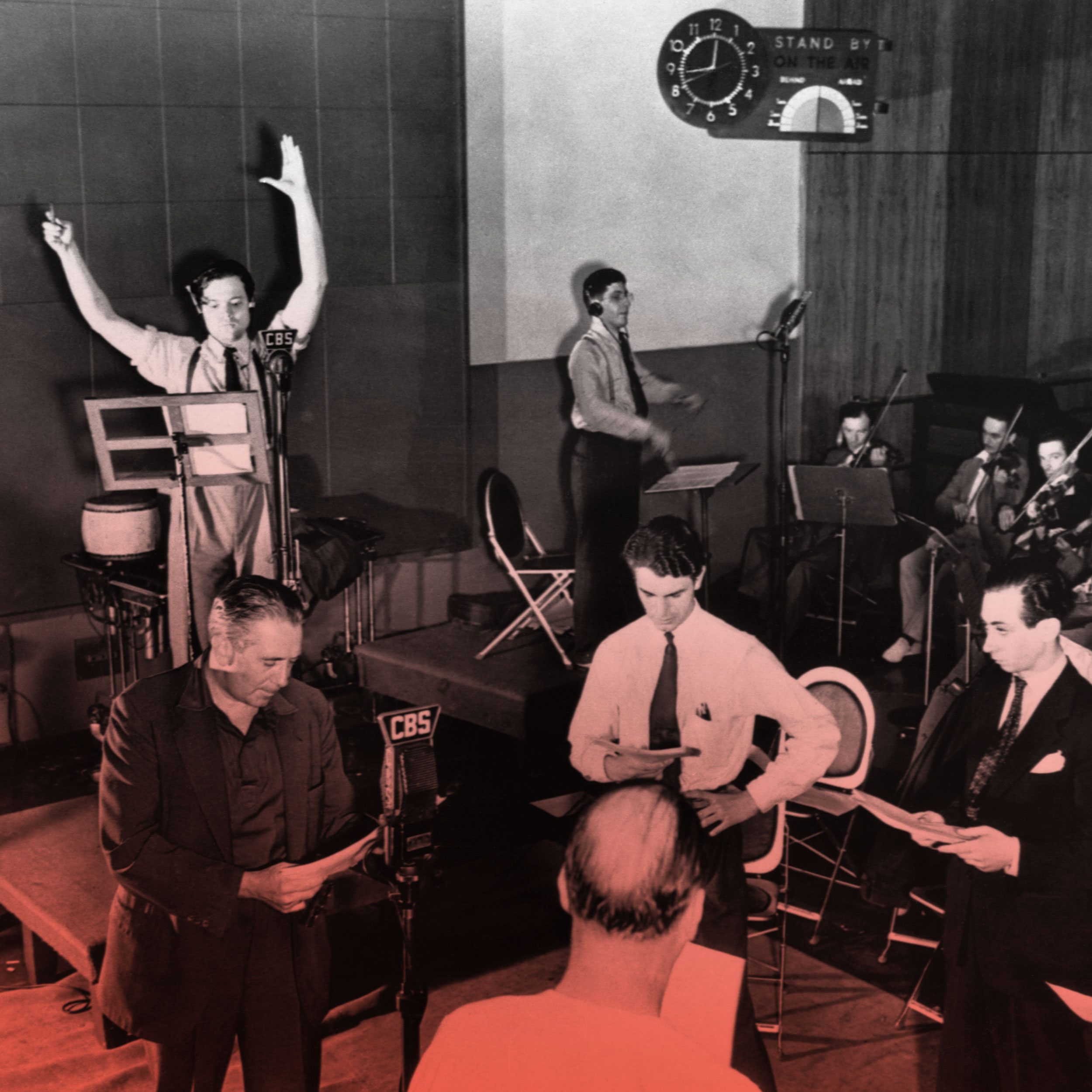
The War of the Worlds panic was more like a skirmish
On October 31, 1938, the New York Times ran a front-page story headlined “Radio Listeners in Panic … Many Flee Homes to Escape ‘Gas Raid from Mars.’ ” The culprit: 23-year-old Orson Welles, who several hours earlier had read a radio adaptation of H. G. Wells’s The War of the Worlds with his fellow actors.
Was there panic in the streets? No. According to a national survey conducted the evening of the broadcast, only 2 percent of participants had listened to Welles’s War of the Worlds production. The other 98 percent likely had no idea what he was up to and learned about it later. While some of that 2 percent might have thought the country had been invaded, they were probably few in number and more afraid of a war with Germany than with martians. However, the idea of a science-fiction broadcast causing panic was a trick or treat too delicious for newspapers to resist that Halloween.
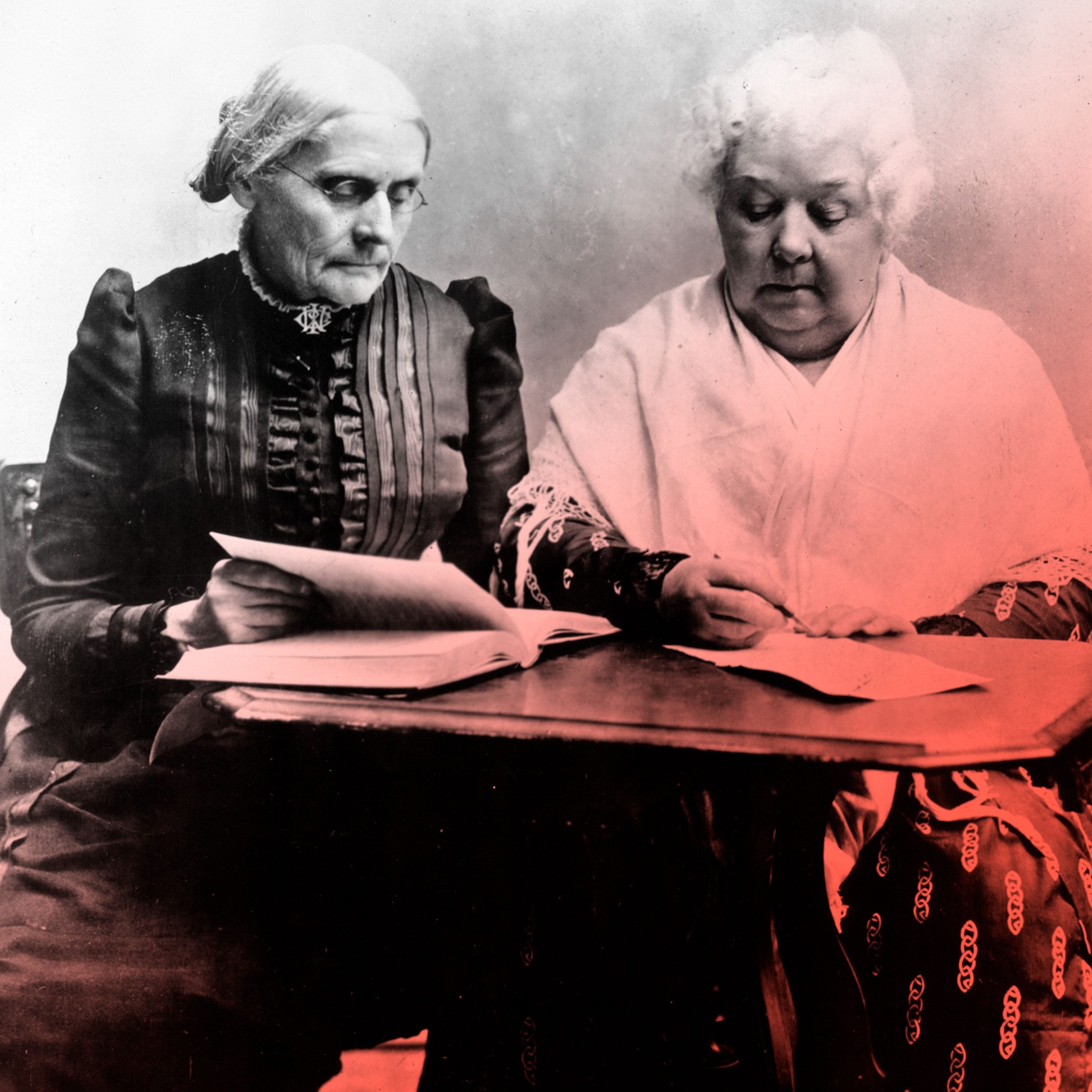
Some women’s suffrage leaders wanted only White women to vote
This year marks the 100th anniversary of women winning the right to vote, but the victory wasn’t as sweet as we’d like to think. Some of those at the forefront of the suffrage movement, fearful that questions of race would make their battle more difficult, wanted to advocate for White women alone. Elizabeth Cady Stanton, arguably the leading voice for women’s rights along with Susan B. Anthony, occasionally delved into what biographer Lori Ginzberg describes as “ugly racist rhetoric” that prioritized “educated, virtuous White women” over Black men and women. Sojourner Truth, the former slave who was also a leading voice for women’s rights, ultimately broke with Stanton over her refusal to agree that women of every color deserved the right to vote. Even after the 19th Amendment was ratified in 1920, poll taxes and other obstacles barred African American women (and men) from voting throughout the South. It was not until the passage of the 24th Amendment and the Civil Rights Act of 1964 that millions of African Americans finally were able to exercise the voting rights previously denied to them. Check out these United States trivia facts that your history teacher never taught you.
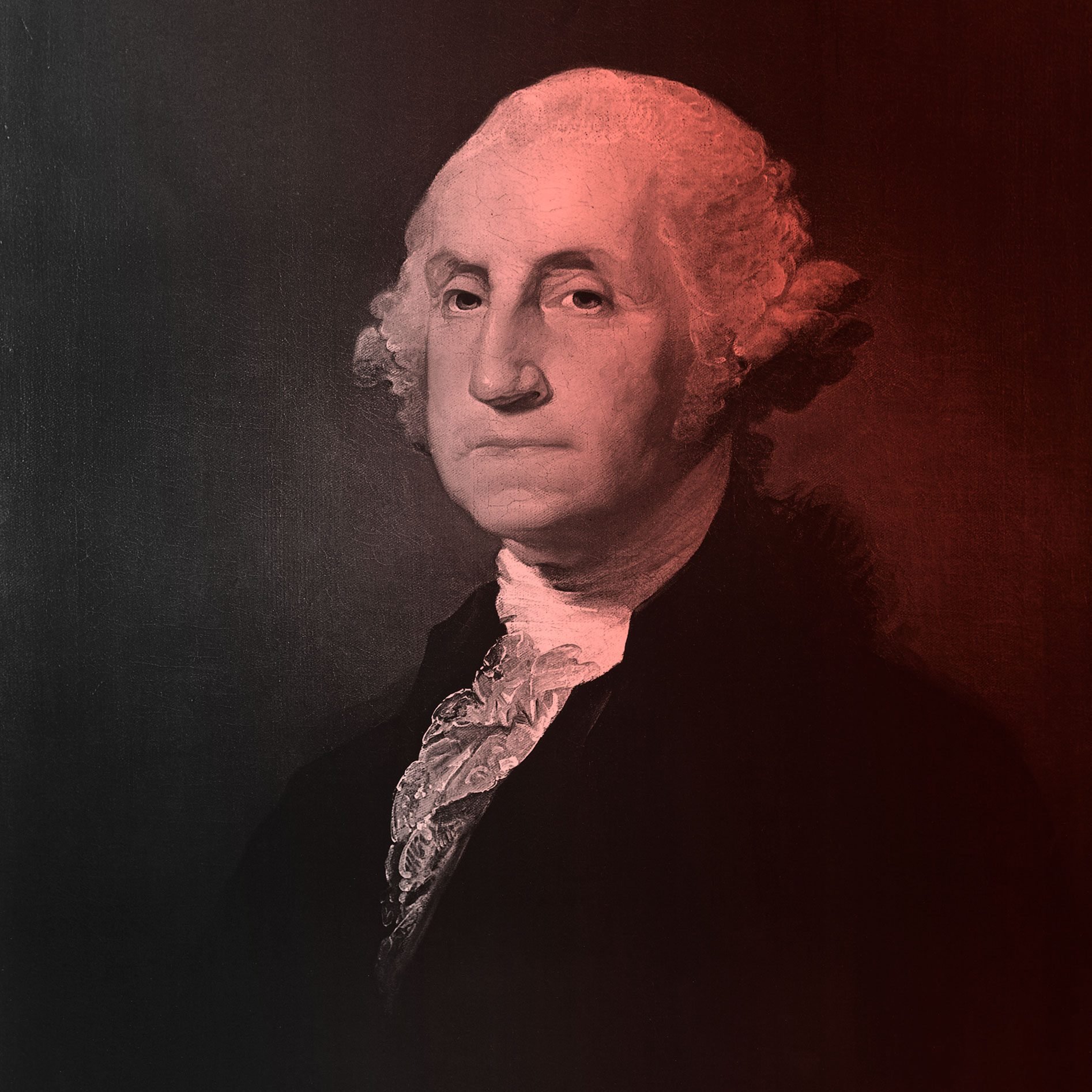
The Founding Fathers embraced Islam
George Washington invited Muslims to work at his home. John Adams praised Muhammad as one of history’s greatest “inquirers after truth,” alongside Socrates and Confucius. Thomas Jefferson taught himself Arabic using a Koran and even hosted an iftar dinner at the White House during Ramadan.
Why was there such openness to Islam in the early United States? One reason: Morocco’s Sultan Muhammad III was the first head of state to formally recognize the 13 colonies’ independence from Great Britain, in December 1777. Following the Revolutionary War, Jefferson, Adams, and the sultan signed the U.S.–Morocco Treaty of Peace and Friendship in 1786. After more than 230 years of conflicts and crises, it remains the longest unbroken treaty in U.S. history.
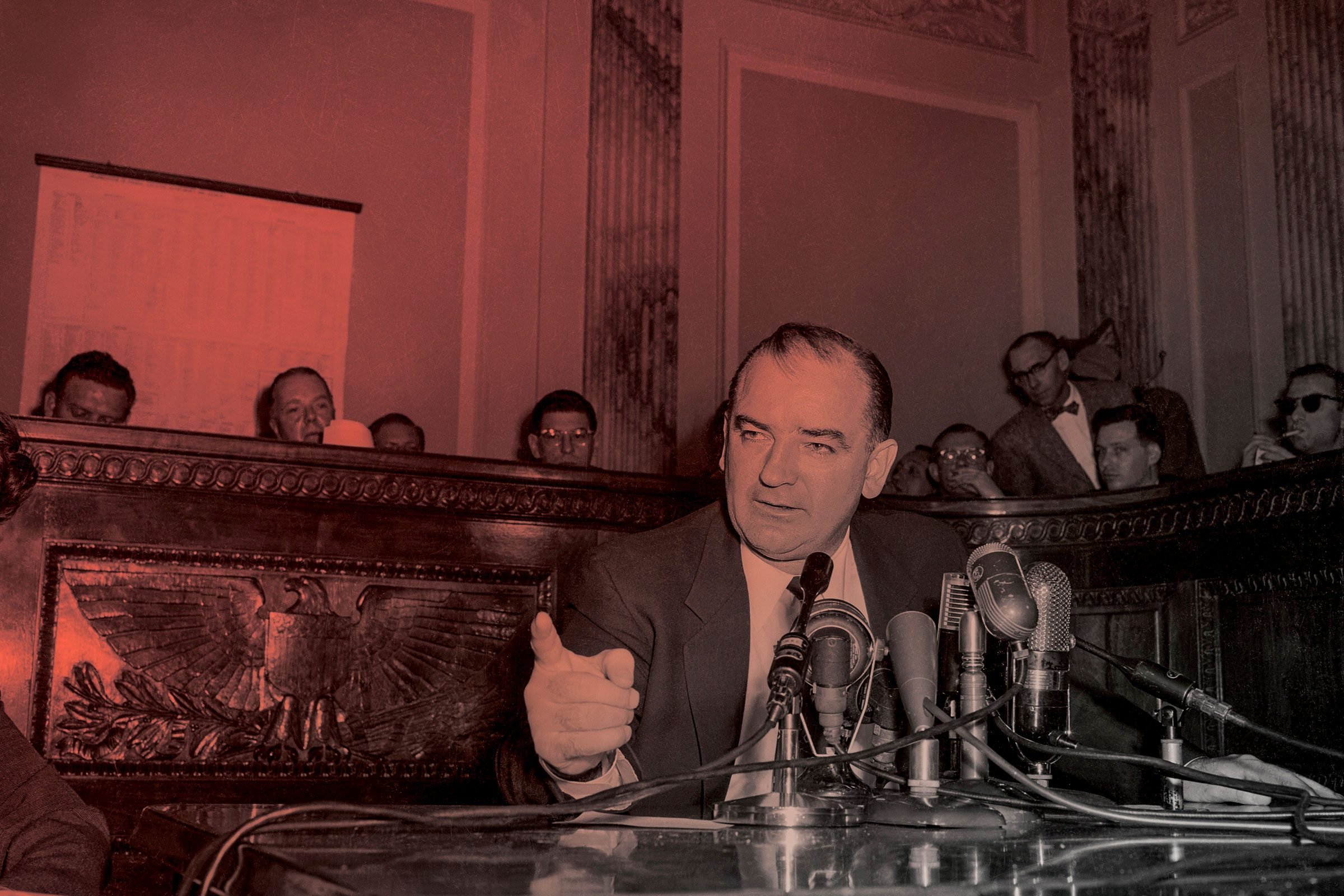
Joe McCarthy almost chickened out on giving the speech that made him infamous
The 1950 Lincoln Day Dinner in Wheeling, West Virginia, was where little-known Sen. Joseph McCarthy (above) lobbed one of the most meteoric political bombshells of the 20th century. “I have here in my hand a list of 205,” McCarthy told the assembled Republican power brokers, “a list of names that were made known to the Secretary of State as being members of the Communist Party and who nevertheless are still working and shaping policy in the State Department.” It was a brazen lie, delivered by McCarthy with the supreme confidence that would turn his name into an ism and crush the careers of hundreds of Americans. Yet as Larry Tye writes in his new book Demagogue, McCarthy wasn’t nearly as gutsy as he appeared. The senator had a second speech in his pocket that day, a snoozer about national housing policy, which was his real pet cause. But the red-baiting barn burner seemed more likely to grab the limelight, so why not? And when it put him on the front page of newspapers, there was no turning back. These are the history questions people always get wrong.
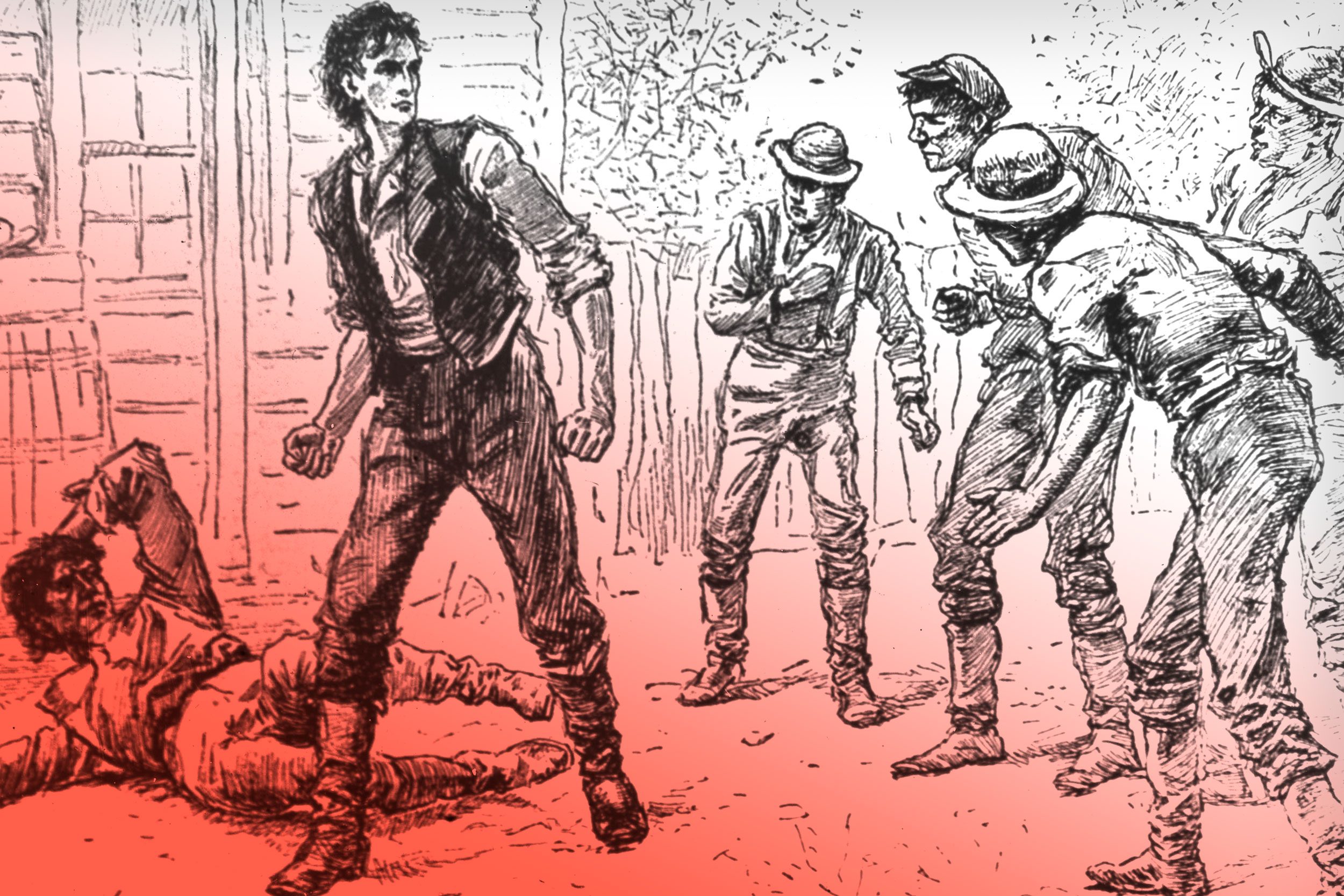
Abraham Lincoln was one macho guy
We remember Lincoln for being tall and gangly, cerebral and “honest.” But before he entered the White House, he was a real he-man. He was a skilled wrestler in his youth who would occasionally referee other fights—including cockfights. When he was challenged to a duel in 1842, Lincoln requested broadswords so he could intimidate his notably shorter opponent with his reach. His foe agreed to a truce after Abe sliced a tree branch above the man’s head.
Lincoln was fearless in political battle too. When a fight broke out at a campaign event, he reportedly picked up one offender “by the neck and the seat of his trousers, and … threw him 12 feet away.”
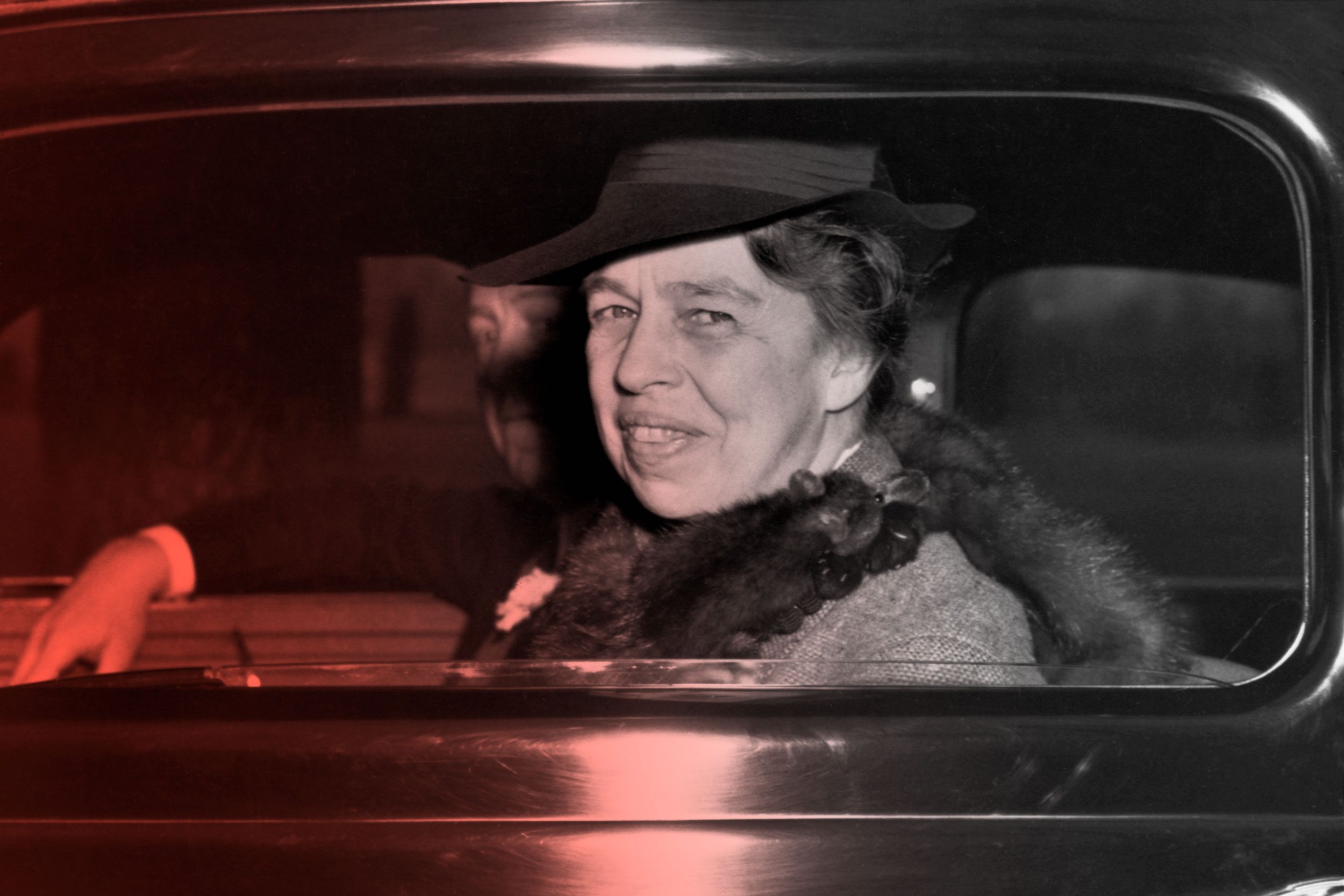
Eleanor Roosevelt was a target of the FBI
We think of Roosevelt as a beloved first lady who helped lift the nation’s spirits through the Great Depression and World War II, an ardent defender of human rights, and a delegate to the United Nations. So why did the FBI spy on her for 40 years, compiling a file of more than 3,200 pages?
Despite her reputation today as a transformative first lady, Roosevelt’s power earned her all sorts of enemies, not least the political opponents of FDR. J. Edgar Hoover, the almost omnipotent director of the FBI, was especially troubled by Mrs. Roosevelt’s embrace of liberal causes and civil rights activists, many of whom he suspected were Communists.
The public didn’t find out about the extraordinary record that the FBI kept on the first lady until 1982. To this day, 12 pages of the file are classified. Now, read up on these facts you learned in school that are no longer true.